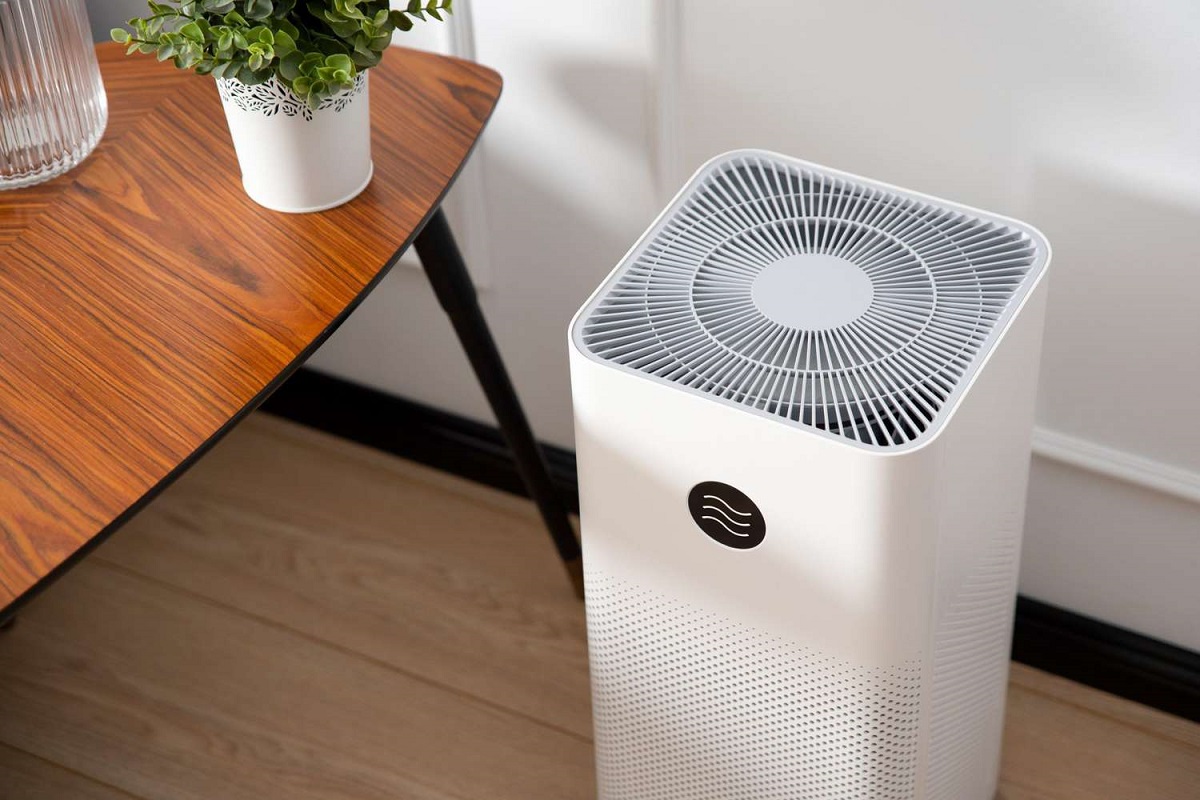

Articles
How To Use Air Purifier
Modified: February 19, 2024
Discover the benefits of using air purifiers and learn how they can improve the air quality in your home. Read our informative articles to make the most out of your air purifier.
(Many of the links in this article redirect to a specific reviewed product. Your purchase of these products through affiliate links helps to generate commission for Storables.com, at no extra cost. Learn more)
Introduction
Welcome to the world of air purifiers! In today’s modern age, with rapidly increasing pollution levels, it has become essential to ensure the air we breathe is clean and healthy. Air purifiers have emerged as an effective solution to improve indoor air quality and create a safer environment for ourselves and our loved ones.
In this article, we will guide you through the process of understanding, choosing, setting up, operating, and maintaining an air purifier. Whether you are a first-time user or looking to upgrade your current unit, this comprehensive guide will provide you with all the information you need to make an informed decision.
But before we dive into the details, let’s take a moment to understand what exactly an air purifier is and how it works.
An air purifier is a device designed to remove contaminants and impurities from the air in a specific area. These contaminants can include dust, pollen, pet dander, mold spores, bacteria, viruses, and volatile organic compounds (VOCs). Air purifiers utilize various technologies, such as filtration, ionization, and UV light, to cleanse the air and improve its quality.
Now that you have a basic understanding of air purifiers, let’s move on to the next section, which will help you choose the right air purifier for your needs and preferences.
Key Takeaways:
- Choosing the right air purifier involves considering factors like room size, filter types, noise level, and energy efficiency. Proper setup, regular maintenance, and strategic placement can maximize its effectiveness in creating a cleaner indoor environment.
- To optimize air purifier efficiency, run it continuously, adjust fan speeds, minimize indoor pollution sources, and maintain a clean living environment. Implementing these tips can enhance air purification and promote healthier indoor air quality.
Read more: Why Use An Air Purifier
Understanding Air Purifiers
Before delving into the technical aspects, it’s important to understand the key components of an air purifier and how they contribute to its overall functionality.
1. Filters: The primary component of an air purifier is the filter. Different types of filters target specific pollutants. The most common types are pre-filters, HEPA filters, activated carbon filters, and UV filters. Pre-filters capture larger particles like dust and hair, while HEPA filters remove finer particles such as pollen and pet dander. Activated carbon filters are effective against odors and chemicals, and UV filters use ultraviolet light to neutralize bacteria and viruses.
2. CADR: Clean Air Delivery Rate (CADR) is a measure of an air purifier’s efficiency in filtering pollutants. It indicates how many cubic feet of clean air the purifier delivers per minute. Higher CADR values mean faster and more effective purification.
3. Coverage Area: Air purifiers come in different sizes, and each one has a specific coverage area. It’s important to consider the square footage of the space you intend to purify to ensure the purifier can effectively clean the air in that area.
4. Noise Level: Air purifiers generate noise during operation, and some units can be quite loud. If you plan to use the purifier in a bedroom or any other quiet space, look for models with a low noise level rating, typically measured in decibels (dB).
5. Energy Efficiency: Consider the energy consumption of the air purifier, especially if you plan on running it continuously. Look for energy-efficient models that won’t significantly impact your electricity bill.
By understanding these fundamental factors, you will be empowered to choose an air purifier that specifically targets your indoor air quality concerns. In the next section, we will delve into the process of selecting the right air purifier for your needs.
Choosing the Right Air Purifier
With so many options available in the market, choosing the right air purifier can seem like a daunting task. However, by considering a few key factors, you can easily select a purifier that suits your specific needs and preferences.
1. Identify your needs: Determine the primary purpose of your air purifier. Are you looking to reduce allergens like pollen and pet dander? Do you need to eliminate odors or smoke? By identifying your specific needs, you can narrow down your options and choose a purifier with the right features.
2. Consider the size of the room: Measure the square footage of the room where you intend to use the air purifier. This will help you determine the appropriate coverage area required for the unit. It’s important to select a purifier that can effectively clean the air in the given space.
3. Research the different types of filters: Different types of filters target specific pollutants. HEPA filters are highly effective in removing allergens and airborne particles. Activated carbon filters are excellent for eliminating odors and chemicals. Consider the type of pollutants you want to address and choose a purifier with the appropriate filter.
4. Check the CADR rating: The Clean Air Delivery Rate (CADR) is a measure of an air purifier’s efficiency in removing pollutants. Look for purifiers with a higher CADR rating, as they will have a faster and more thorough purification process.
5. Noise level: Consider where you plan to place the air purifier and whether noise will be an issue. Look for models with a low noise level rating if you require a quiet environment.
6. Energy efficiency: If you plan to run the air purifier constantly, energy efficiency is an important factor to consider. Look for models with an Energy Star certification, as they are designed to consume less energy without compromising performance.
7. Check for additional features: Some air purifiers come with added features like air quality sensors, automatic mode, timers, and remote control. These features can enhance convenience and make the purifier more user-friendly.
By considering these factors, you can narrow down your choices and select an air purifier that aligns with your needs and expectations. In the next section, we will walk you through the process of setting up your air purifier.
Setting Up the Air Purifier
Once you’ve chosen the right air purifier for your needs, it’s time to set it up and ensure that it operates efficiently. Follow these steps to properly set up your air purifier:
1. Find the perfect location: Place your air purifier in a central location within the room, preferably away from walls and furniture. This allows for optimal air circulation and ensures that the purifier can effectively clean the entire space.
2. Determine the height: If your air purifier has a fan or vents on the front or top, make sure it is positioned at an appropriate height. This will ensure that the air intake and output are not obstructed.
3. Plug it in: Connect your air purifier to a power source. Ensure the power cord is securely plugged in and positioned away from foot traffic to avoid tripping hazards.
4. Clear the surroundings: Remove any objects or obstructions near the air purifier. This allows for better air flow and improves the overall efficiency of the unit.
5. Read the instructions: Familiarize yourself with the manufacturer’s instructions and guidelines. Each air purifier may have specific requirements and recommendations for optimal usage.
6. Turn it on: Once you have completed the setup, turn on the air purifier and adjust the settings based on your preferences. Start with a lower fan speed or lower purification mode and gradually increase it as needed.
Remember, it may take some time for the air purifier to effectively clean the air in the room, especially if the air quality is poor. Be patient and give it some time to work its magic.
Now that your air purifier is set up and running, let’s move on to the next section where we will explore how to operate the air purifier effectively and get the most out of its features.
When using an air purifier, make sure to place it in a central location in the room for maximum effectiveness. Also, regularly clean and replace the filters to maintain its efficiency.
Operating the Air Purifier
Operating an air purifier is a fairly straightforward process, but understanding the various features and settings can optimize its performance. Here are some key points to keep in mind when operating your air purifier:
1. Adjust the fan speed: Most air purifiers offer multiple fan speed settings. Higher speeds are ideal for quick purification, while lower speeds are suitable for maintaining air quality. Adjust the fan speed based on the current air conditions and your preferences.
2. Set the timer: If your air purifier has a timer function, take advantage of it. You can program the purifier to run for a specific duration, such as a few hours or overnight. This not only saves energy but also ensures continuous air purification at desired times.
3. Use the automatic mode: Many air purifiers have an automatic mode that adjusts settings based on the air quality detected by sensors. In this mode, the purifier will increase or decrease the fan speed as needed to maintain a clean environment. This feature is convenient and ensures efficient operation.
4. Regularly monitor the filter: Check the filter indicator or reminder to determine when it’s time to clean or replace the filters. Most filters need to be replaced every 6-12 months, depending on usage and the manufacturer’s recommendations. Ignoring the filter maintenance can hinder the purifier’s performance.
5. Keep windows and doors closed: To maximize the effectiveness of your air purifier, minimize the influx of outdoor pollutants by keeping windows and doors closed as much as possible. This helps maintain a cleaner indoor environment.
6. Monitor air quality: If your air purifier has an air quality monitor, pay attention to the readings. This can give you valuable insights into the changes in air quality and help you understand the impact of your air purifier on indoor pollution levels.
Remember, operating an air purifier alone may not solve all indoor air quality issues. It is important to take other measures like regular cleaning, proper ventilation, and reducing the use of chemical-based products to maintain a healthy indoor environment.
Now that you are familiar with operating your air purifier, let’s move on to the next section, where we will discuss the essential steps for maintaining and cleaning your air purifier.
Read more: Rainmate Air Purifier How To Use
Maintaining and Cleaning the Air Purifier
Proper maintenance and regular cleaning of your air purifier are essential to ensure its longevity and efficient operation. Follow these steps to effectively maintain and clean your air purifier:
1. Read the manufacturer’s instructions: Familiarize yourself with the specific maintenance guidelines provided by the manufacturer. Each air purifier may have unique requirements and recommended cleaning methods.
2. Clean or replace filters: The filters in your air purifier collect dust, dirt, and other pollutants over time. Refer to the manufacturer’s instructions to determine the cleaning or replacement schedule for the filters. Some filters can be cleaned by vacuuming, while others may need to be replaced entirely.
3. Vacuum the exterior: Use a soft brush attachment or a cloth to gently vacuum or wipe the exterior of the air purifier. This will remove any dust or debris that may have accumulated on the surface.
4. Clean the pre-filter: If your air purifier has a pre-filter, remove it and clean it according to the manufacturer’s instructions. Typically, pre-filters can be rinsed with water or vacuumed to remove larger particles.
5. Clean the air intake and outlet: Regularly wipe down the air intake and outlet vents to remove any dust or debris that may restrict airflow. This will ensure uninterrupted operation and optimal performance.
6. Check for leaks: Inspect the air purifier for any signs of leaks or cracks. If you notice any damage, contact the manufacturer or a qualified technician for repairs or replacements.
7. Maintain a clean environment: Keep the area around the air purifier clean and dust-free. Regularly clean the room to minimize the accumulation of airborne particles and ensure the air purifier operates efficiently.
By following these maintenance and cleaning practices, you can prolong the lifespan of your air purifier and maintain its effectiveness in purifying the air.
Now that you know how to maintain and clean your air purifier, let’s move on to the next section, where we will share some tips for maximizing the efficiency of your air purifier.
Tips for Maximizing Air Purifier Efficiency
To ensure that your air purifier functions at its best and provides optimal air purification, consider implementing these tips:
1. Proper placement: Position your air purifier in a central location within the room for better air circulation. Avoid placing it near walls, furniture, or other obstructions that can hinder airflow.
2. Run the purifier continuously: For maximum effectiveness, keep your air purifier running continuously, especially in areas with high pollution or allergen levels. Continuous operation helps maintain clean air consistently.
3. Adjust fan speed: Experiment with different fan speed settings to find the most suitable level for your needs. Higher fan speeds can quickly clean the air, while lower speeds can provide continuous filtration without disturbing noise.
4. Keep the doors and windows closed: To prevent outdoor pollutants from entering your space, keep doors and windows closed as much as possible. This allows the air purifier to work more effectively in filtering indoor air pollutants.
5. Minimize indoor pollution sources: Identify and minimize sources of pollution within your indoor environment, such as smoking, burning candles, or using certain cleaning products. By reducing these pollutants, you can lighten the workload of your air purifier.
6. Regularly maintain and replace filters: Follow the manufacturer’s guidelines for cleaning or replacing filters. Regular maintenance ensures that your air purifier operates efficiently and removes contaminants effectively.
7. Clean the room regularly: In addition to using an air purifier, maintain a clean living environment by dusting, vacuuming, and mopping regularly. This can help reduce the amount of dust and allergens in the air, enhancing the performance of your air purifier.
8. Consider multiple units for larger spaces: If you have a large area to cover, consider using multiple air purifiers strategically placed throughout the space. This ensures thorough air purification throughout the room.
By implementing these tips, you can maximize the efficiency of your air purifier and enjoy cleaner, healthier indoor air.
Now that we’ve explored various ways to optimize air purifier efficiency, let’s conclude this article by recapping the key points.
Conclusion
Congratulations! You’ve reached the end of our comprehensive guide on how to use and optimize an air purifier. We hope this article has provided you with valuable insights and knowledge to make the most out of your air purification system.
By understanding the importance and benefits of air purifiers, you can now make informed decisions when selecting the right one for your specific needs. Remember to consider factors such as filter types, CADR rating, coverage area, noise level, and energy efficiency.
Setting up and operating your air purifier is a straightforward process. Find an optimal location, plug it in, adjust the settings, and let it work its magic. Regularly maintain and clean the unit to keep it operating efficiently, and remember to monitor and replace the filters as needed.
To maximize the efficiency of your air purifier, keep doors and windows closed, minimize indoor pollution sources, and maintain a clean living environment. Consider employing multiple units for larger spaces to achieve thorough air purification throughout the room.
Remember, an air purifier is just one part of maintaining good indoor air quality. It’s also essential to implement other practices, such as proper ventilation, regular cleaning, and reducing the use of harmful products.
With the right air purifier and proper usage, you can enjoy cleaner, fresher air in your home or office, improving overall health and well-being for you and your loved ones.
Thank you for reading our guide, and we hope you found it helpful. Breathe easier and live healthier with the power of an air purifier!
Frequently Asked Questions about How To Use Air Purifier
Was this page helpful?
At Storables.com, we guarantee accurate and reliable information. Our content, validated by Expert Board Contributors, is crafted following stringent Editorial Policies. We're committed to providing you with well-researched, expert-backed insights for all your informational needs.
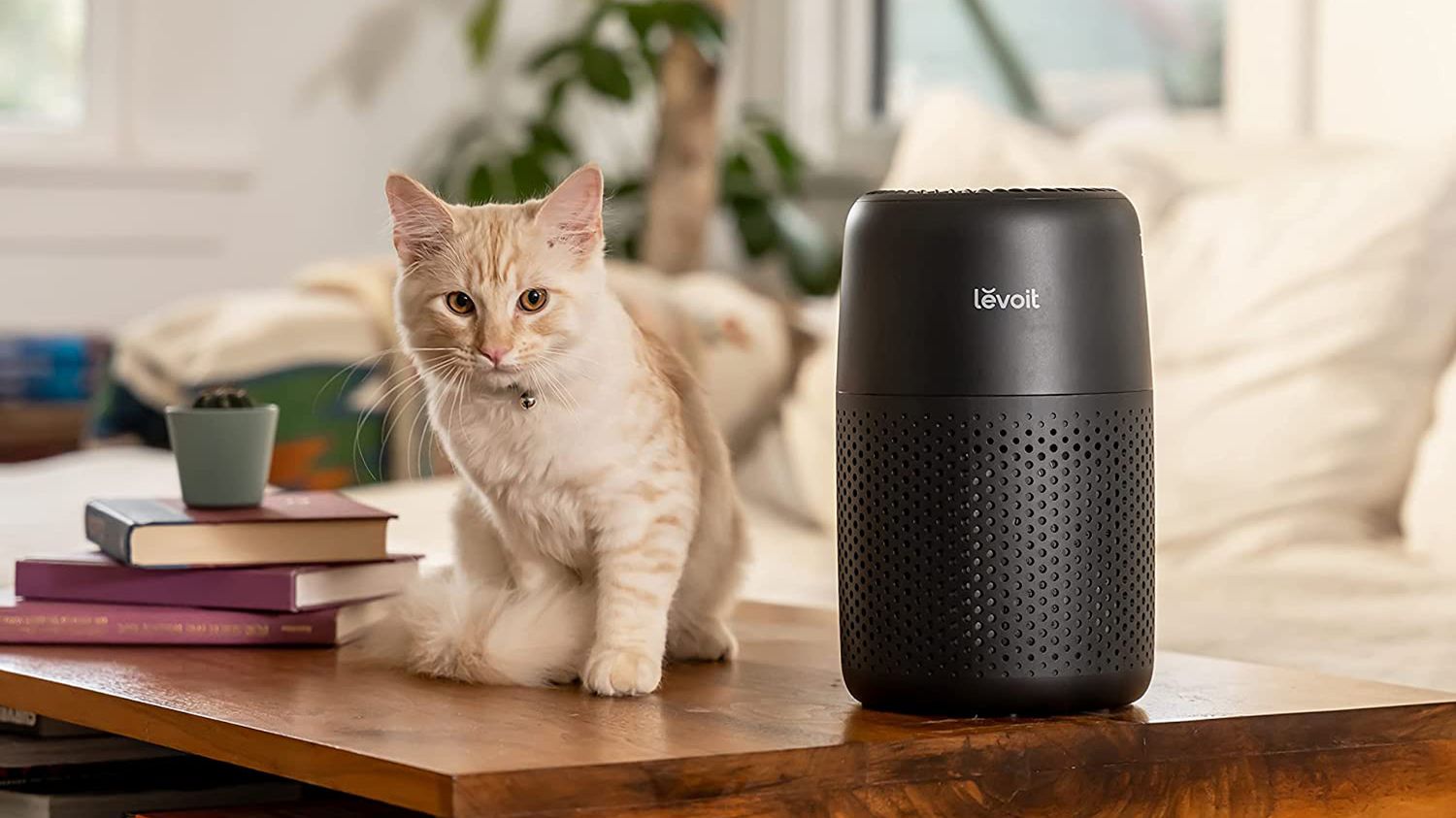
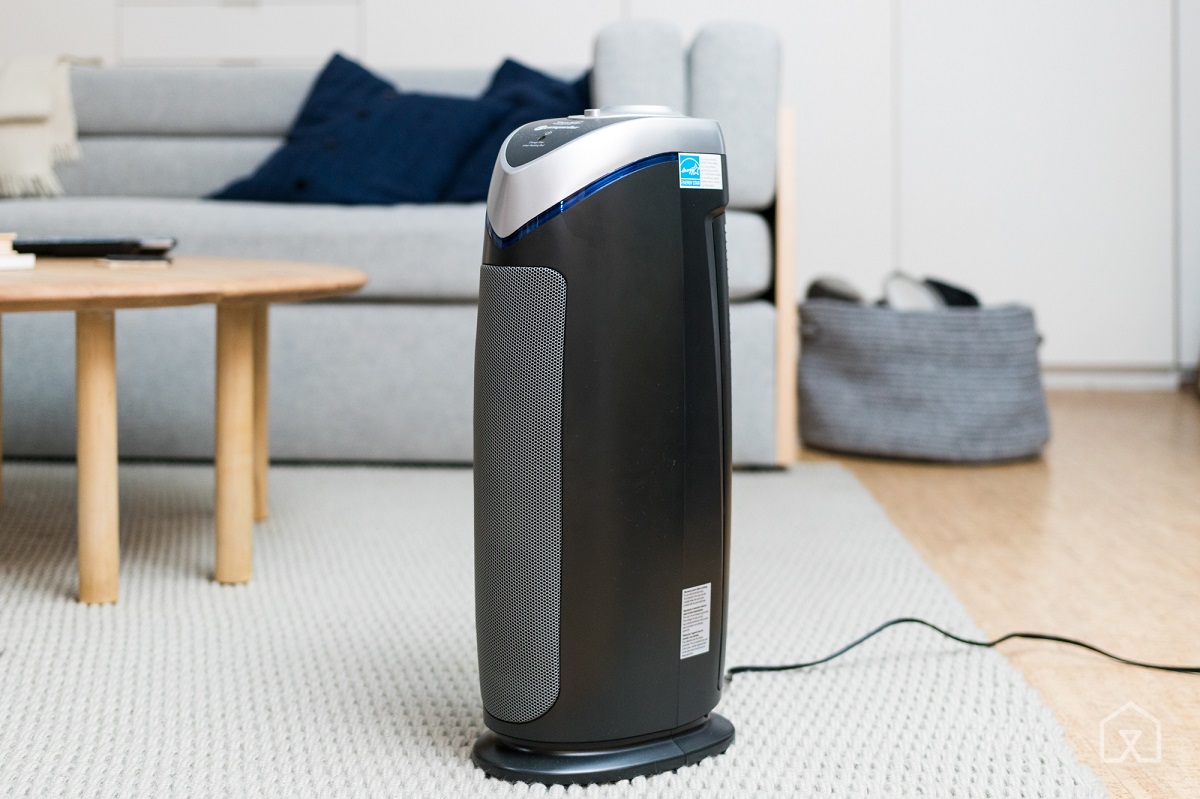
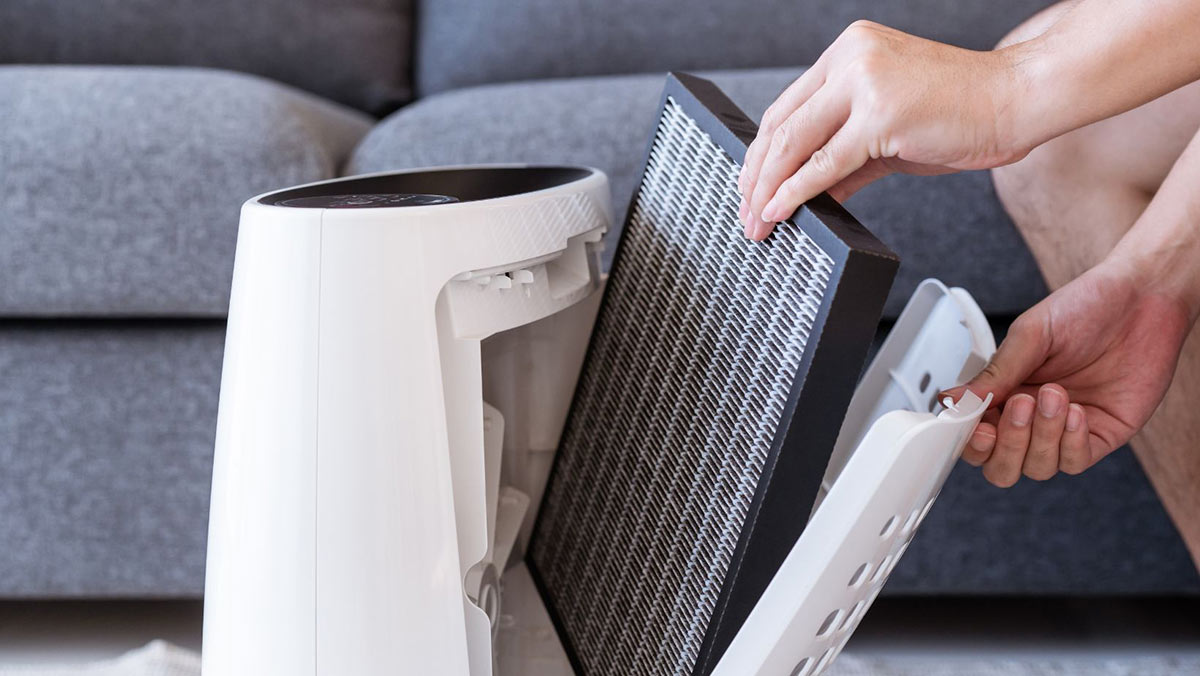
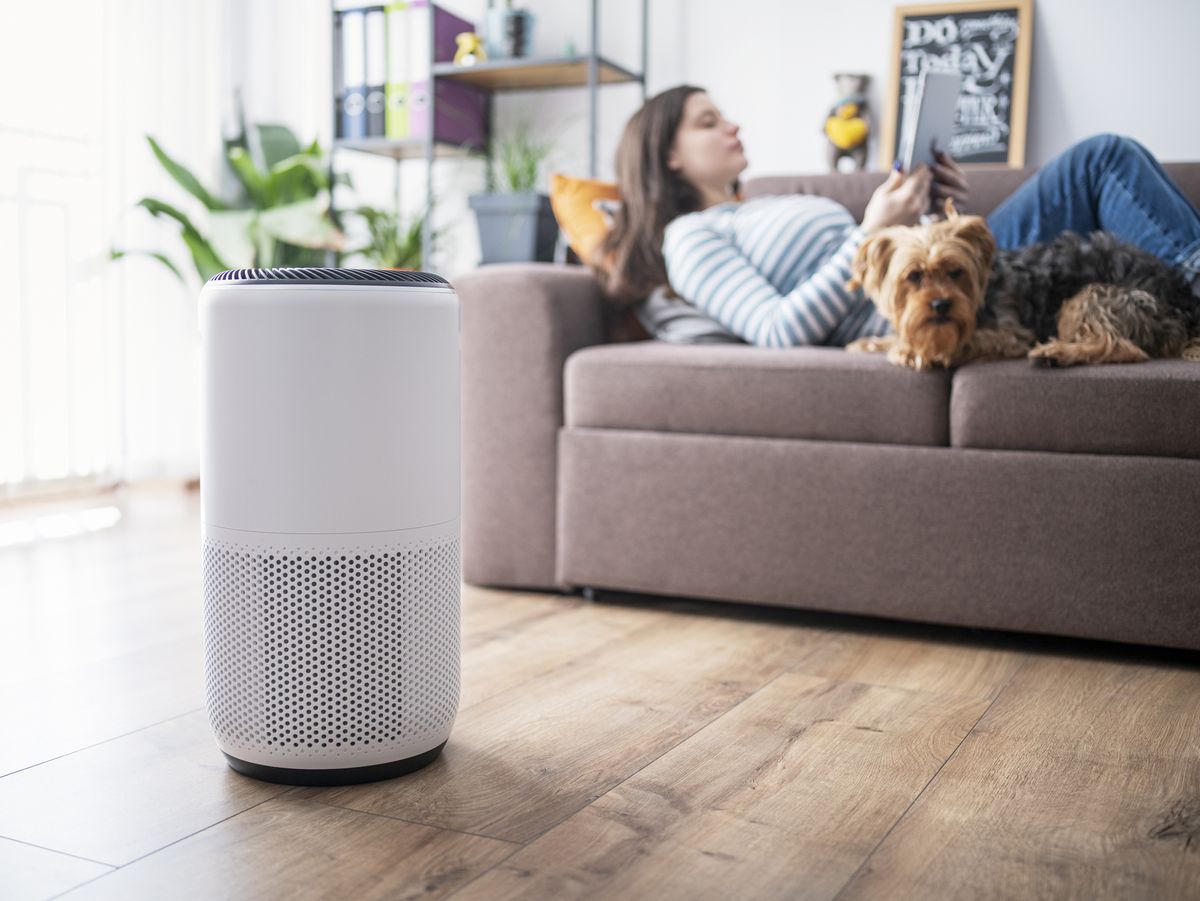
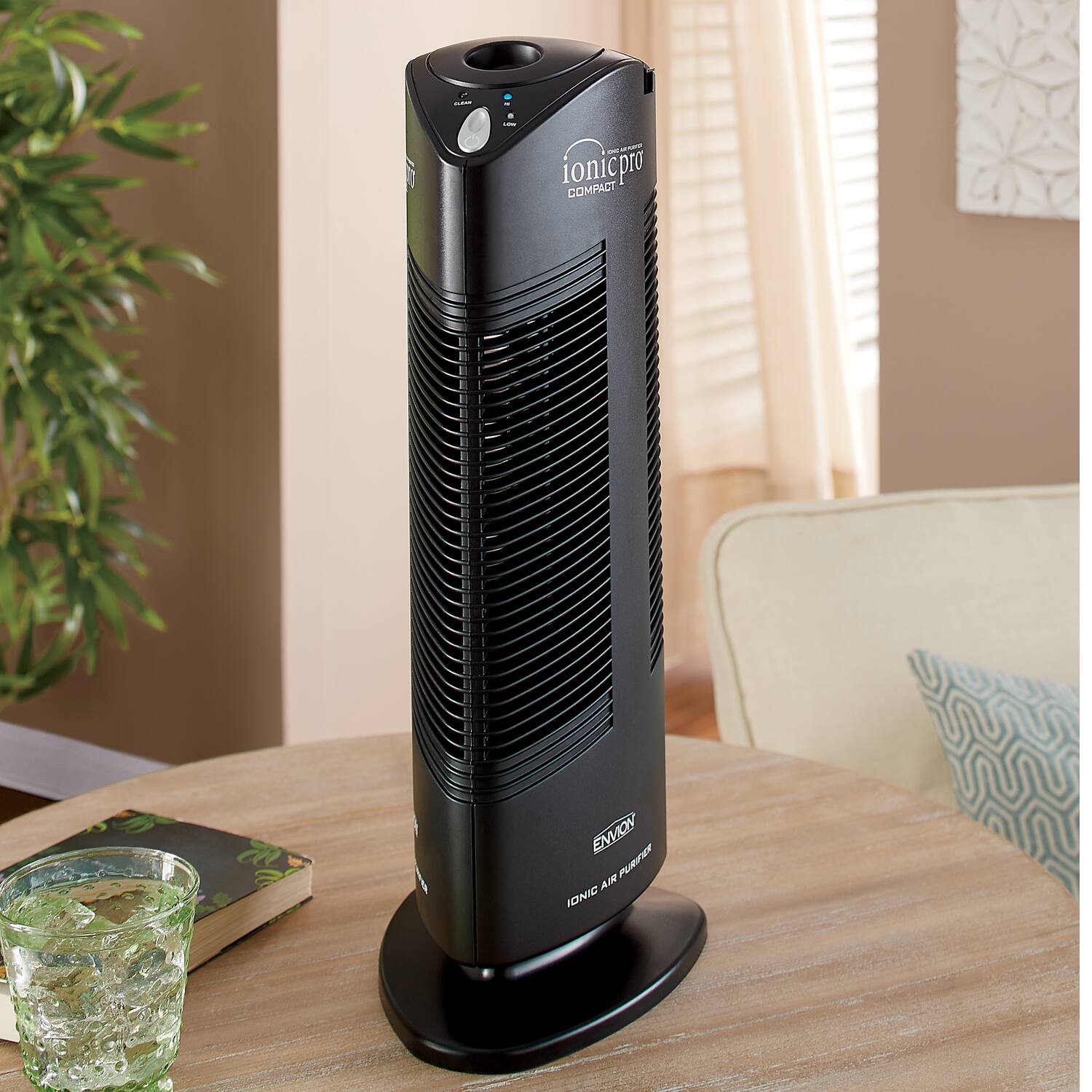
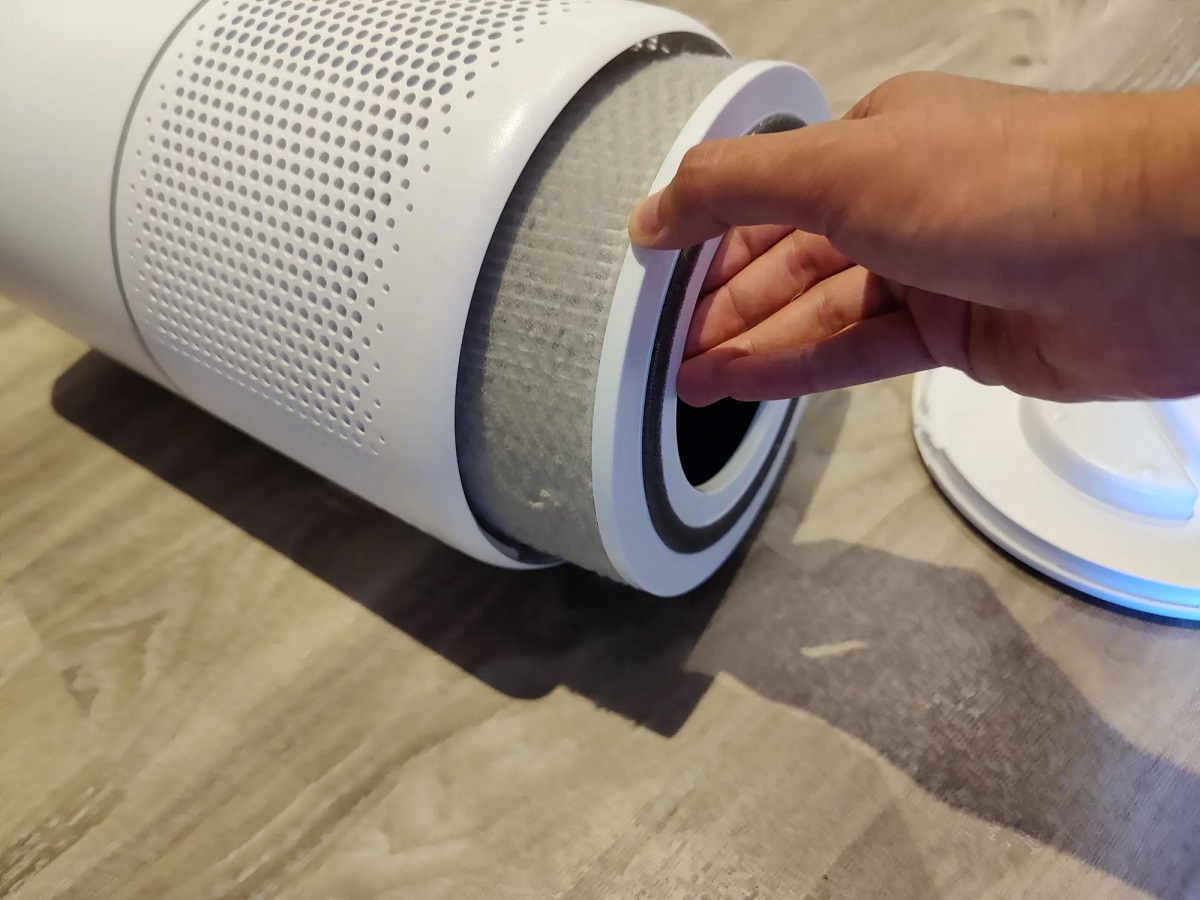
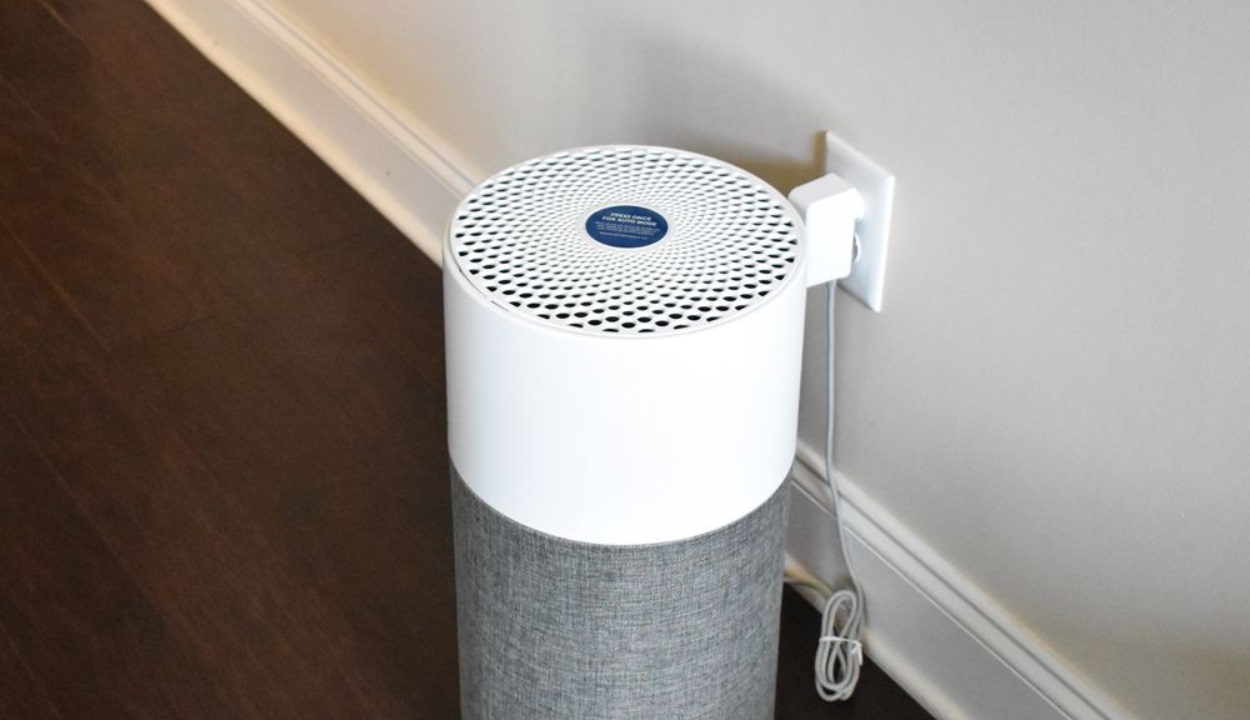
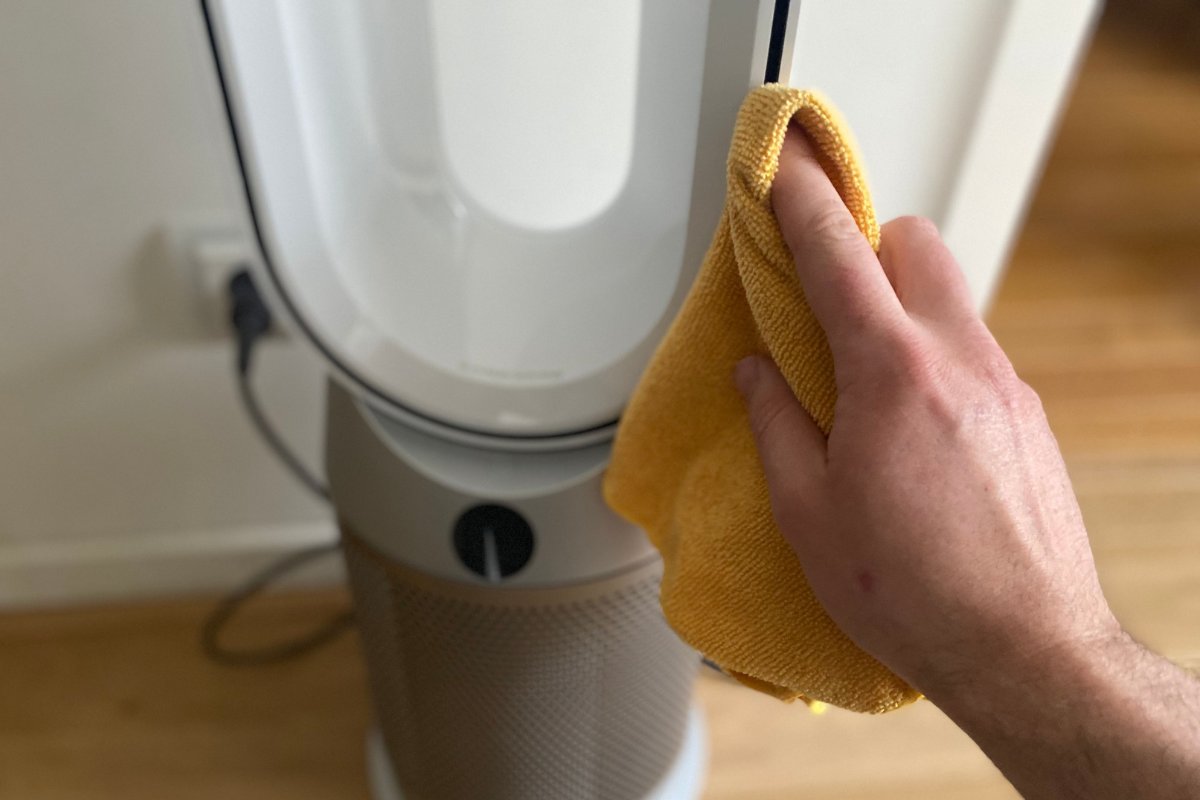
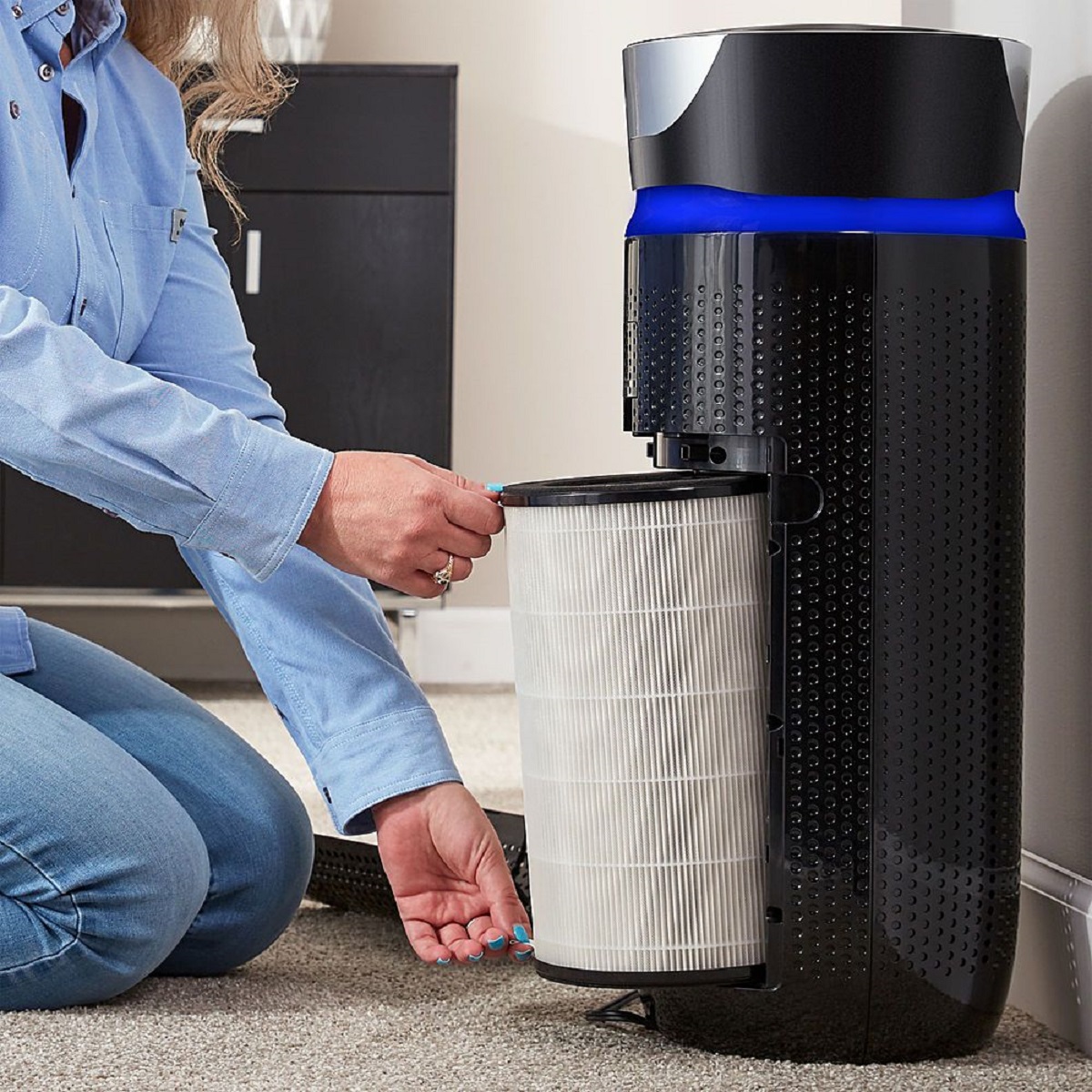
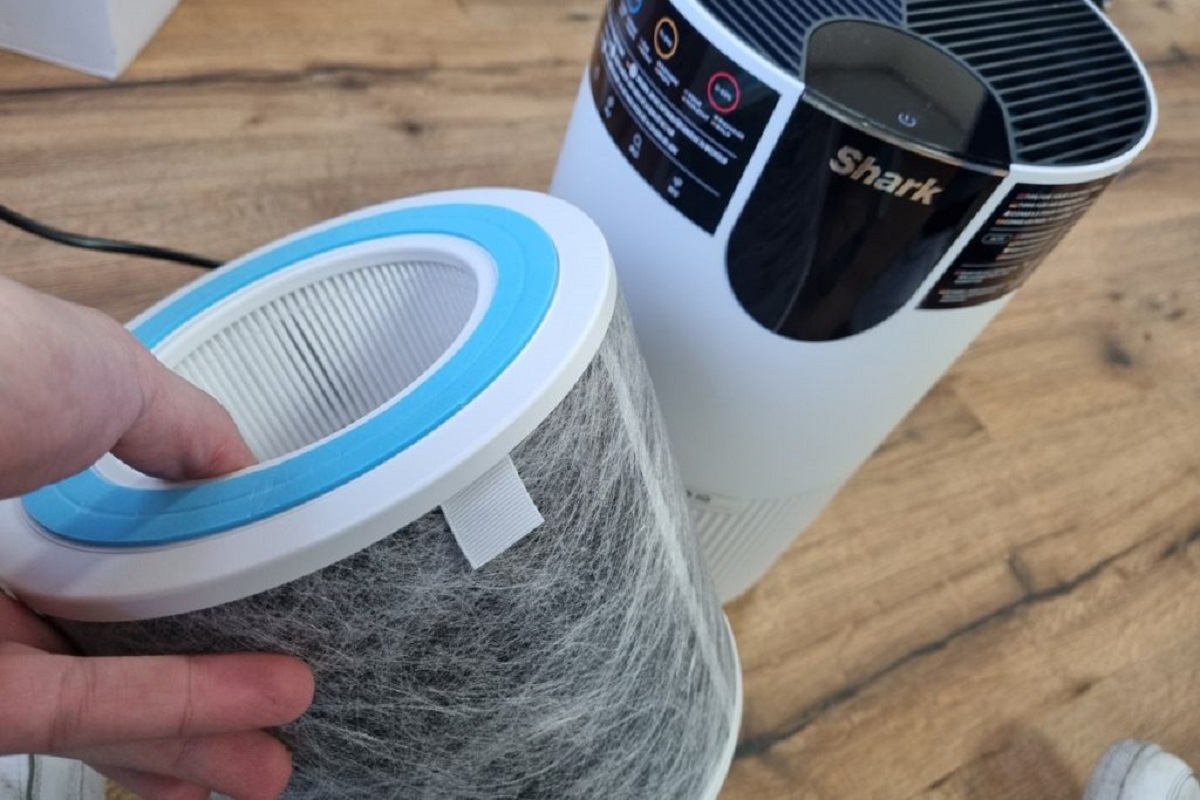
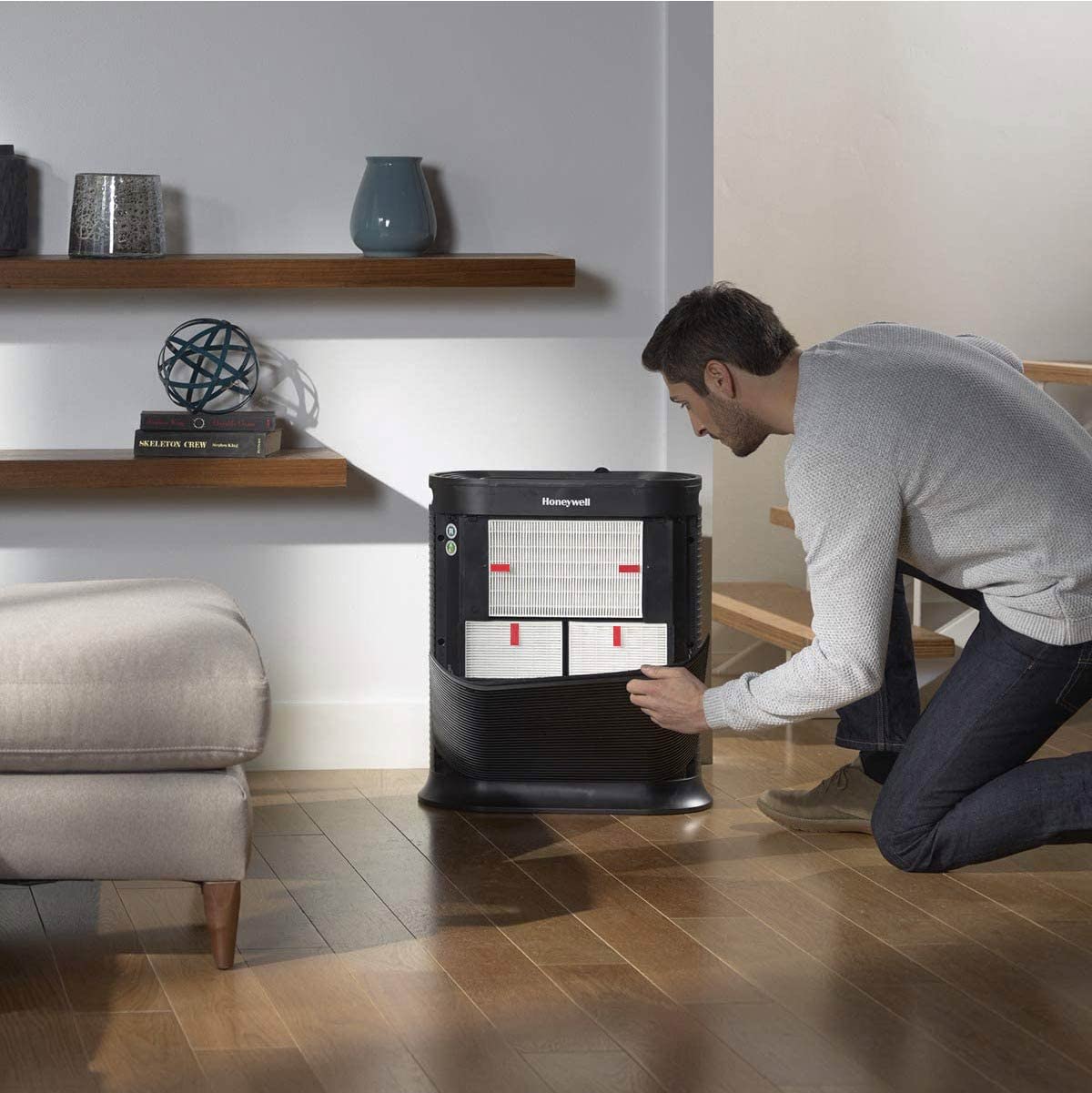
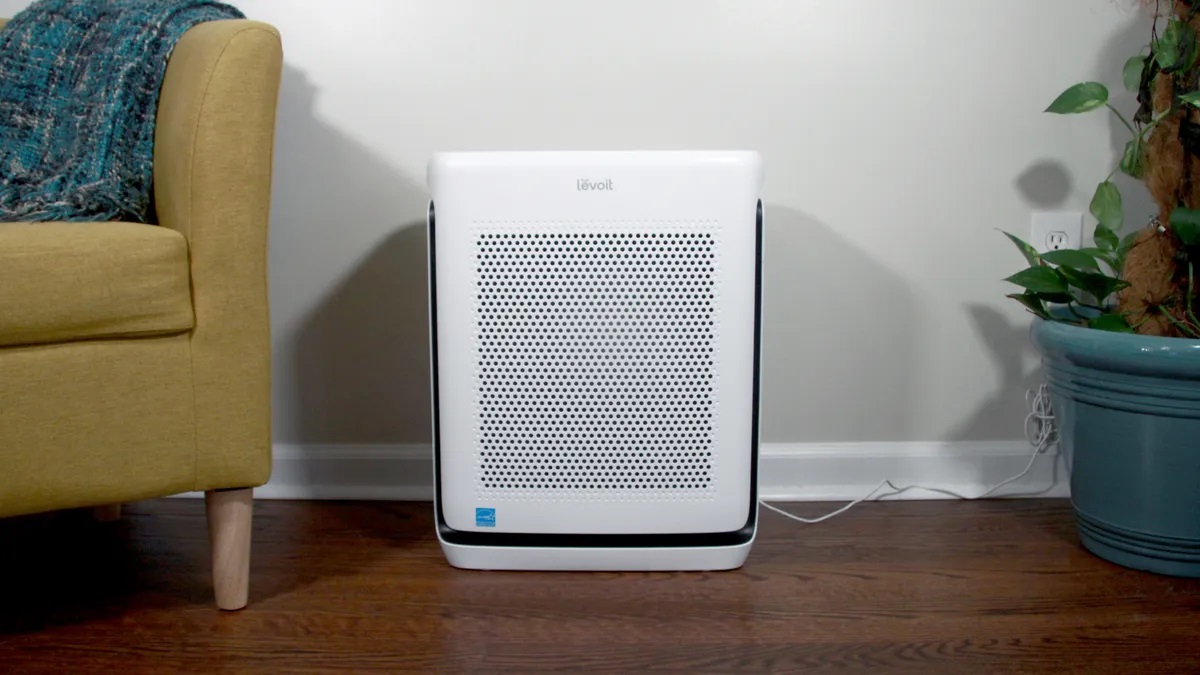
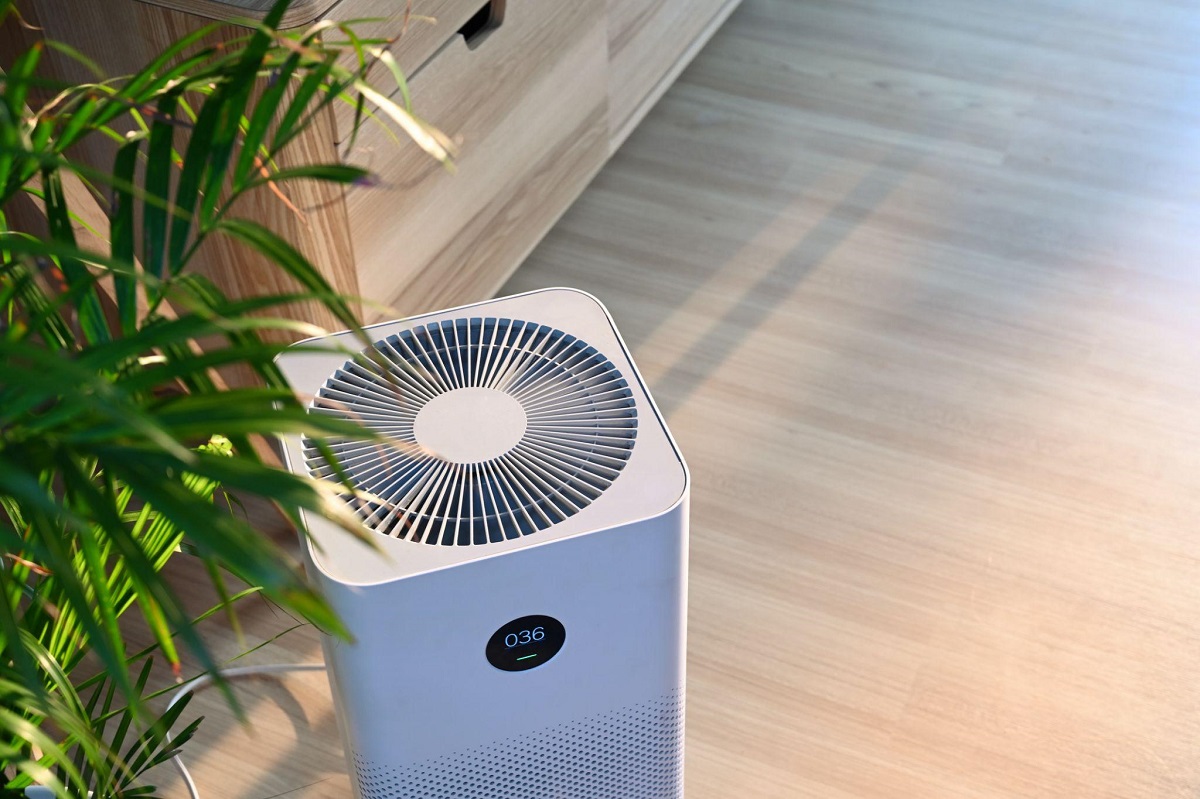
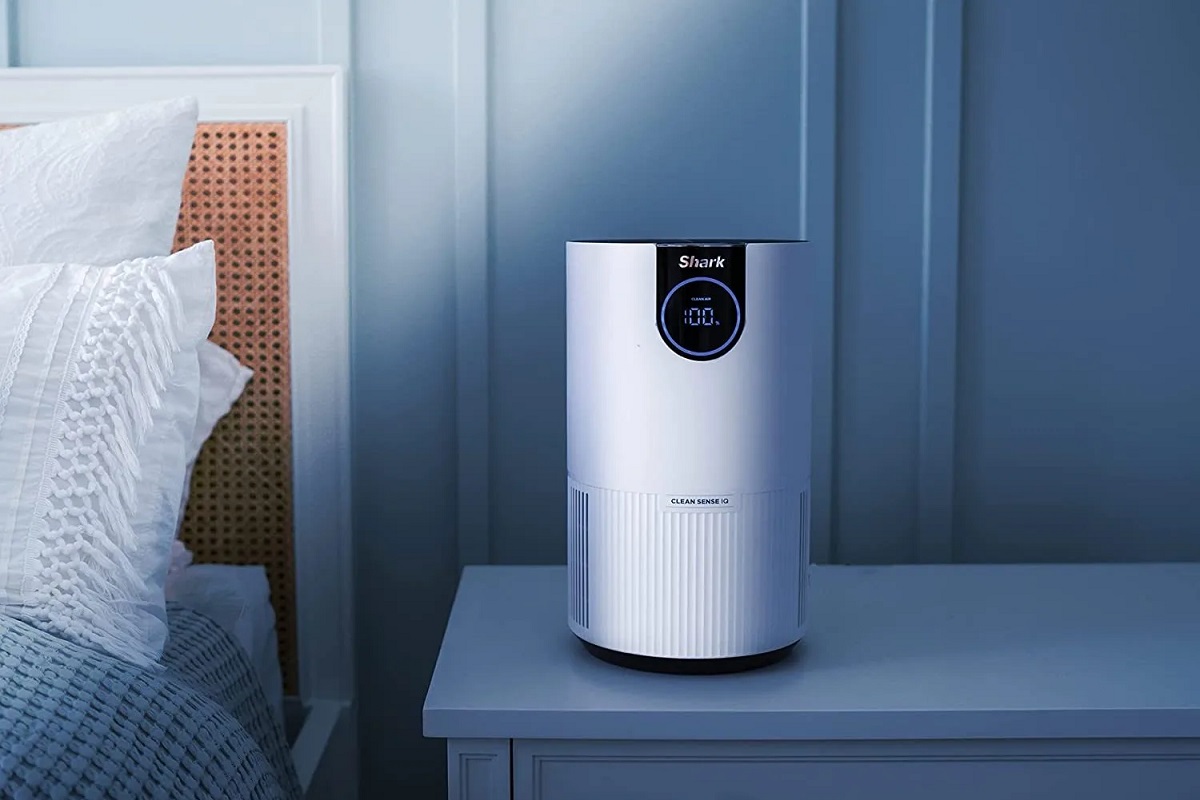

0 thoughts on “How To Use Air Purifier”